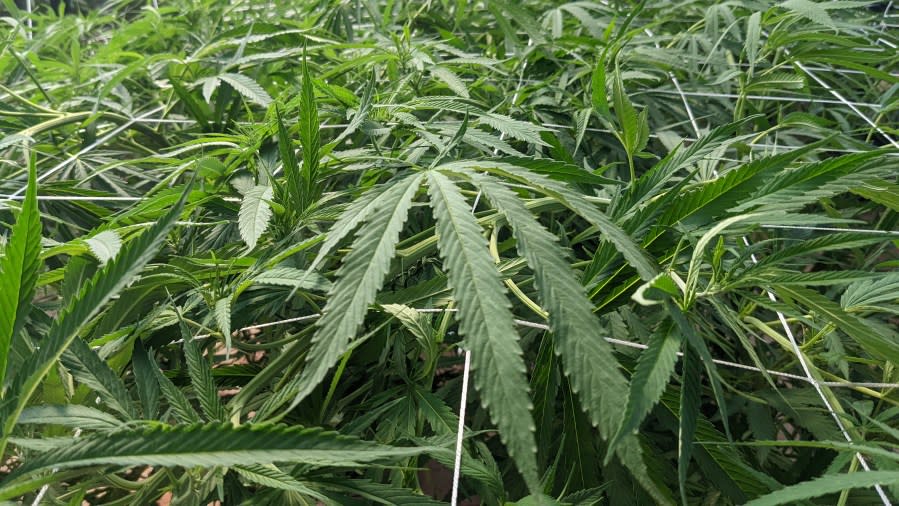SIOUX FALLS, S.D. (KELO) — The marijuana industry in South Dakota appears to be slowing, with medical cannabis patient card numbers declining in recent months, and the third push for recreational adult-use marijuana in South Dakota failing in the recent election.
With the market contracting, that raises a question; how do you close a cannabis business? With most businesses, one might advertise a close-out liquidation sale. For a store with non-perishable items, maybe you just lock the doors and turn out the lights.
These are not options for a dispensary.
Mike Green is the local partner for Greenlight Dispensaries in South Dakota.
Greenlight recently went through this process, shutting down their Gregory, South Dakota location in August of 2024.
“We just thought we could make sense of it and we ended up hitting a wall with the general population and the amount of patient cards,” said Green. “We were kind of stuck with the limited amount of people and we saw the sales kind of be very stagnant and hit a wall. So we decided to shut Gregory down.”
Green said the first step of the plan was to notify both the state and municipality of their intent not to renew their license.
Greenlight had the luxury in this instance of being a company with more than one South Dakota location.
“We were fortunate to have other stores, mainly in the Rapid City and Spearfish area — and we transferred every bit of our inventory to those stores,” said Green.
This included their regulated inventory, meaning their intoxicating cannabis products, as well as their unregulated products such as apparel and and CBD products.
Green said that after relocating all their product, Greenlight then notified the state.
“We pick a final day of shut down, then we manifest, legally, all that stuff out of there,” Green said. “Then we call the state and they come out and physically do a final walk through to ensure that there is nothing left in that store.”
As mentioned, Greenlight had the ability to move their product within their own company. Not everyone has this ability.
Green says for those without a second dispensary, there are only two real options.
“You could make a deal with another dispensary or another operator out there to acquire that regulated inventory for whatever deal you could make with them,” said Green, explaining that in this case you would likely be selling your product to another company for pennies on the dollar.
“If you could not find that outlet, then you would be left to destroying the product,” said Green. “That’s done under cameras and usually with a state representative that oversees it.”
Green indicated more closures could be on the way, citing restrictions on the medical industry and the lack of an adult-use recreational market as factors.
“There’s been some people that have gambled and don’t really have the pocketbooks to back it,” said Green. “I think a lot of operators were geared towards adult use.”
Overall, this combination of some overextension in anticipation of a recreational market and the stagnation of the medical market may lead to greater consolidation within the cannabis industry.
“I just think there’s a few things stacked against us and that if there isn’t a big change to patient access and all the red tape surrounding that — there’s going to be about a quarter of us standing here next year,” said Green.
H/T: www.yahoo.com
You can view the whole article at this link How does a marijuana dispensary shut down?



